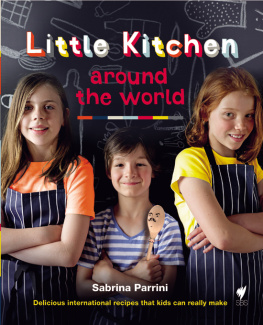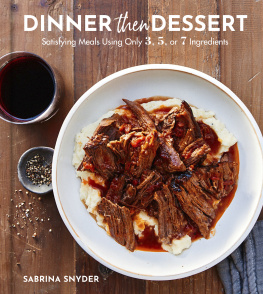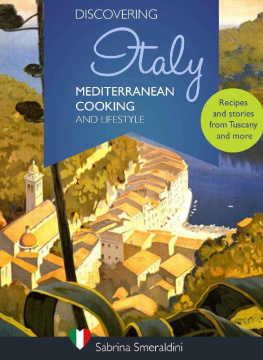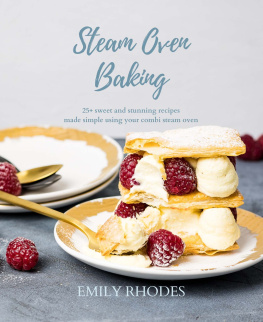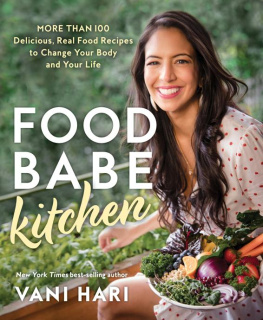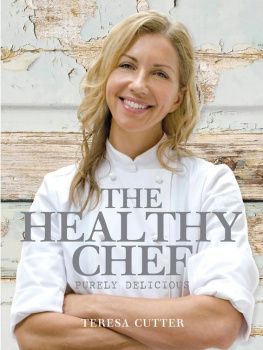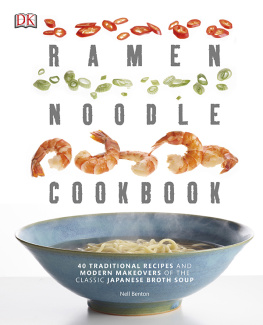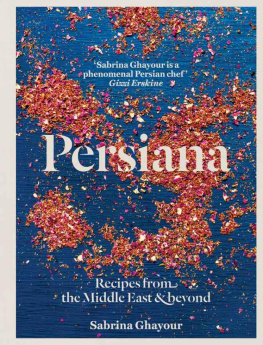



Contents
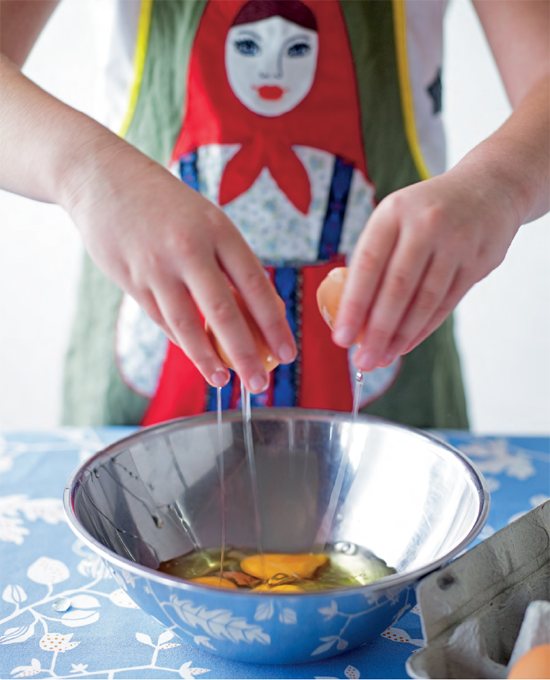
I absolutely LOVED writing this second book for you! Do you want to know why?
Well, one of the reasons is because, quite greedily, Im the kind of person who will go to the effort of cooking myself a proper meal even if Im eating on my own.
I love nothing better than having good food to eat, day in day out. In writing this book, its my hope that you also begin to realise that food you cook at home is well worth the effort. Not only is home-cooked food going to be better for you, I guarantee the recipes Ive chosen for you here will taste better than fast food you grab on the run.
This book was also fun to write because it allowed me to travel around the world. Well, not literally you see, but figuratively on a plate!
It was much cheaper than buying an around-the-world airline ticket but just as satisfying. Im so happy youve joined me on this trip, because no matter what country you come from, I think youre really going to enjoy whats ahead. In my opinion, tasty food crosses all cultural boundaries.
While my first book was all about learning the basics and cooking good old favourites like shepherds pie and pasta bake, this new cookbook is full of recipes from around the world.
Part of being a great cook is learning to experiment with new flavours and different ways of doing things in the kitchen. I hope that Little Kitchen Around the World teaches you some exciting new things and allows you to appreciate new tastes and flavours at the same time.
Hopefully, in years to come, as you become young adults you will always have these amazing recipes up your sleeve to cook not only for yourself, but for family and friends who drop in.
Happy cooking have fun!

Sabrina
In this book youll find recipes that I cooked with 7- to 12-year-old students at my childrens cookery school. They have a decidedly multicultural feel, as thats what my students of this age group most seemed to appreciate. Cooking international food at home is in vogue, and the same goes for eating out. Nowadays, youd be hard-pressed not to find a town with at least a few foreign dining options available.
So what does this mean for the next generation? Well, for starters, it means they broaden their world-view, which is undoubtedly a good thing. Similarly, by eating a variety of foreign foods, we can more readily ensure our children are getting a bit of this and a bit of that a balanced diet, as experts would recommend.
Generally, and I say this with some caution, I feel most cuisines are healthful. That is to say, they use vegetables and fruits abundantly and dont use excessive amounts of butter or cream.
In an age where everyone is talking childhood obesity, it is, of course, important to be sensible at the dining table. It is easy to get carried away and overindulge in foods we know, deep down, arent good for us. However, my school of thought has always been to be real when cooking and eating. I cant and wont turn a cold shoulder to butter, cream or salt in preparing my food. Like the next person, I try to be reasonable and of course dont eat these kinds of foods at every meal. There is, however, something to be said for not being too precious at the dinner table.
Eating should be pleasurable, as should cooking. Being too focused on limiting yourself takes the enjoyment out of cooking and ultimately eating. To me, eating well means eating food that at the end of the day tastes amazingly good. A large part of this taste equation is eating foods from many different countries. Spices, marinades, rubs and grills from around the globe can pack such a flavour punch that they should not, in my book, be ignored, no matter how young or inexperienced your child!
So, please enthusiastically pass this book onto your budding chef and watch them broaden their culinary horizons. I hope you and your child relish cooking from this book. Think of it as your familys (very discounted) around-the-world airline ticket and me your multilingual hostess with the mostest.
Bon appetit!

Sabrina
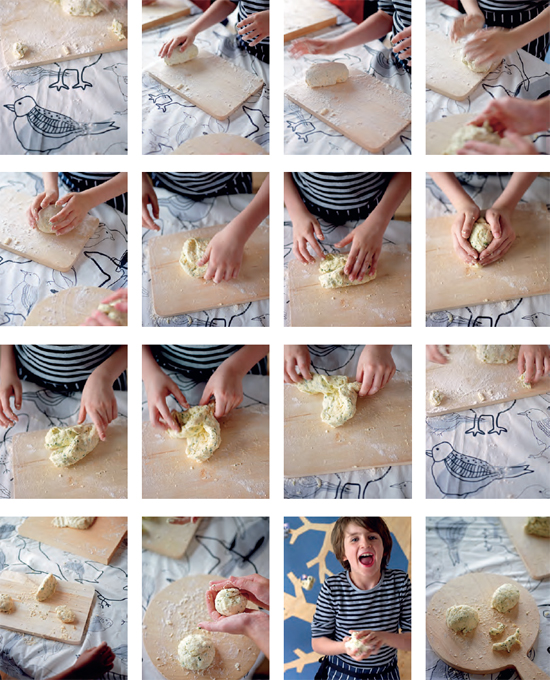
Attention adults!
While this cookbook aims to accurately describe what steps a child should be able to perform quite independently when cooking, you, as the supervising adult, should be close to hand at all times.
Please ask your child to wear mitts every time they use the oven and always use good judgement in the kitchen. A young, inexperienced child should never use a sharp knife, grater, peeler or food processor on their own. Of course, it is fine to allow children who are already familiar with kitchen equipment and cooking techniques to be more independent in the kitchen.
Please do spend some time showing your child how to use utensils and appliances several times over as they begin to learn to cook. Although fostering independence in the kitchen is a must, demonstrating and modelling how to properly use equipment at the outset is crucial.
When your child cooks their first few recipes, its a great idea to be alongside them and demonstrate exactly how things are done and answer any questions that come up. And while autonomy in the kitchen is a good thing, Ive found most children from 7 to 12 years still need kitchen guidance. Unexpected things can always happen to even the most seasoned cook!
Lastly, be relaxed and make kitchen time fun. Safety is important, but if you take too serious an approach all the pleasure will be lost and youll end up with nervous budding chefs who are more likely to make mistakes!
A note about ovens
I use a fan-forced, convection oven to cook all of my recipes. Undoubtedly your oven will be different, so the recipes in this book might need slightly different cooking times to suit your situation. Its really important to get to know your oven well ask your supervising adult to pass on any tips and tricks they know about how your particular oven works.
I always have an oven thermometer in my oven when cooking I recommend you do the same. Oven thermometers can be bought cheaply at kitchenware stores and are a good investment. I always check my oven temperature before placing my dish in, to make sure the temperature is perfect before starting.
Also, I always have a shelf positioned in the middle of the oven before turning on the heat. All of my recipes should be cooked on the middle shelf (unless otherwise specified) to avoid any premature cooking or browning of food on the top shelf or any slow cooking on the bottom shelf.
Please also note
Please exercise good judgement when using this book. Little Kitchen and the publisher take no responsibility for any injury caused while cooking or any allergic reactions that may eventuate as a result of using ingredients listed in this cookbook. It is the supervising adults sole responsibility to ensure a child who has allergies doesnt cook a recipe that is inappropriate.
Next page
